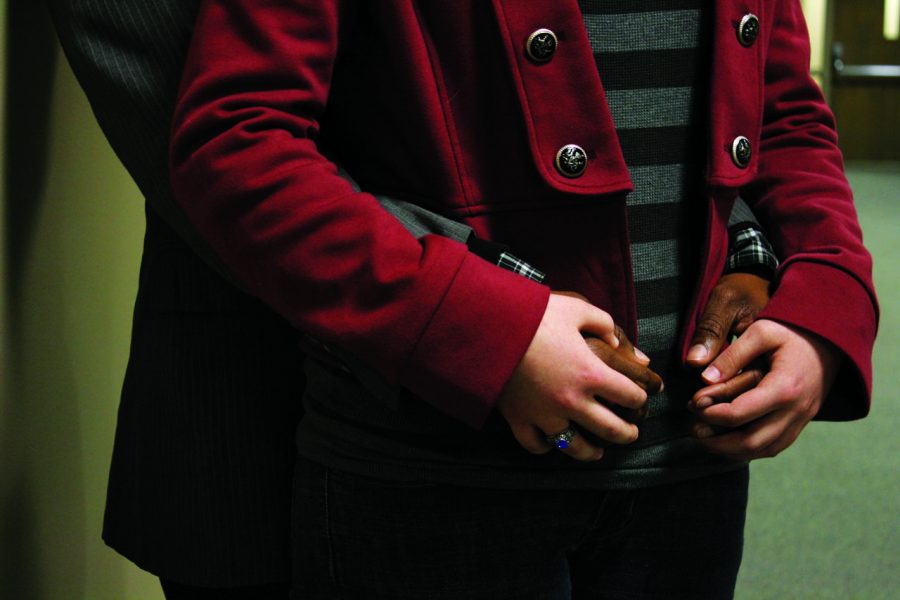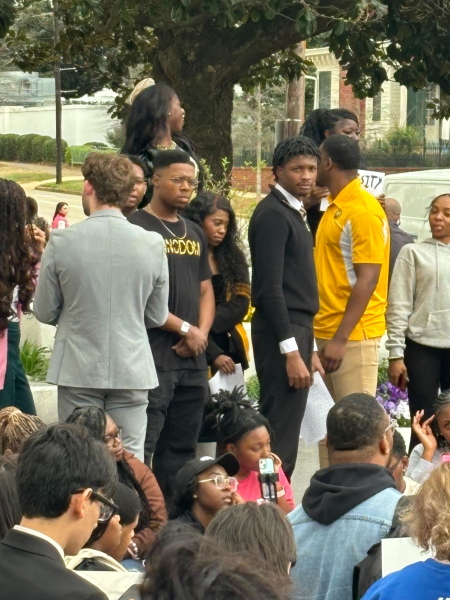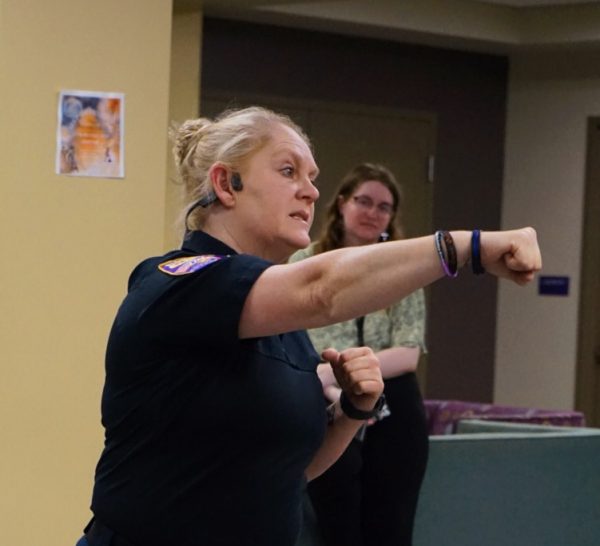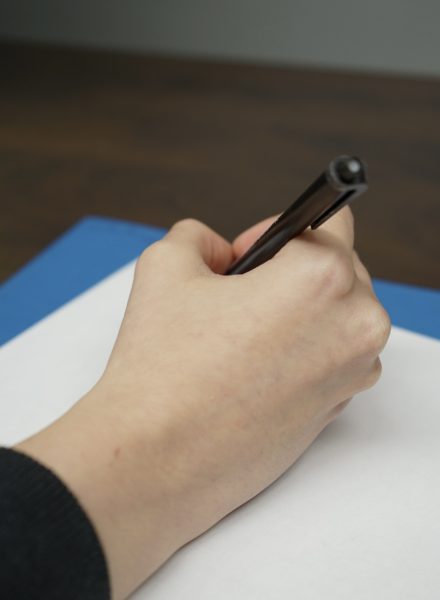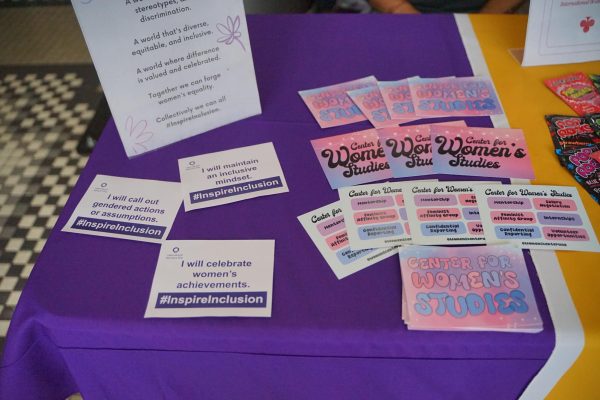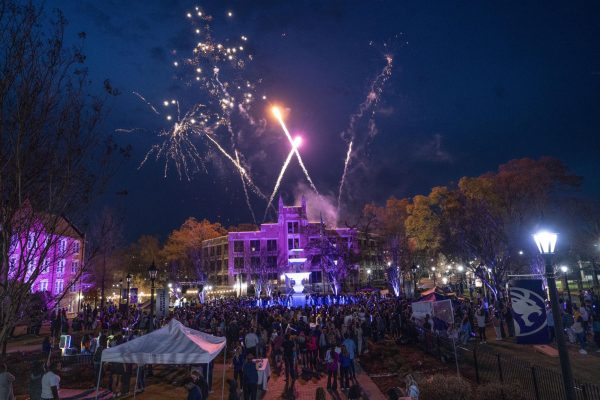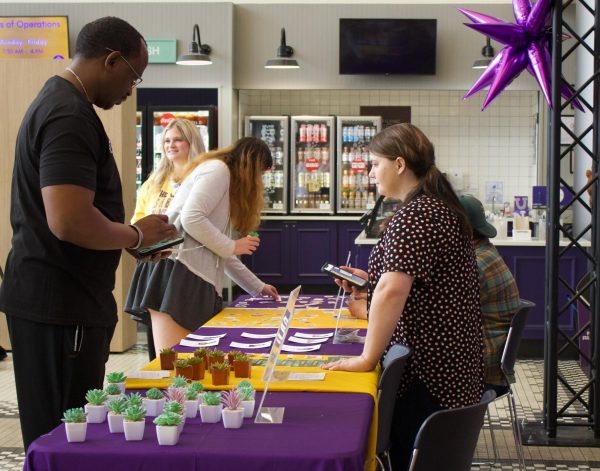Mixed race students, interracial couples become norm as US diversifies
February 10, 2011
When some people see UNA students Lauren Kirby and DeForrest Brown together in public, one of the first things they notice about the couple are their racial differences.
But the young duo, who met in 2009 and quickly formed a friendship after sharing a mutual love for music, rarely notice the fact that they are of separate races. Kirby, a Caucasian American, and Brown, an African American, have to remind themselves that they are an interracial couple.
“My father always told me when I was a kid that I could marry any man, no matter what color he is, as long as I was in love with him,” Kirby said. “I don’t worry about what other people around me think. I know there are people who probably don’t secretly approve of our relationship, but that’s their problem.”
The Pew Research Center reported in a 2008 analysis that one in seven new marriages in the United States is between spouses of different races or ethnicities.
As cultural taboos about interracial relationships shatter and immigration increases throughout the country, the current generation of college students is one of the most racially and ethnically diverse groups of people the U.S. has ever seen.
Chinese international student Xuetong “Nini” Li began dating her Caucasian boyfriend and UNA student, Trevor Valentine, in late 2010, but has already faced communication and social challenges within her relationship.
“If you come from different cultures and areas, don’t try to change him or her,” she said. “The best thing is to accept him or her for who they are. When I ask Trevor about the difference between a relationship of the same race and one that is interracial, he says nothing is different.”
Though more mixed-race students are popping up around college campuses, many U.S. citizens still think of themselves in specific racial terms, making it difficult or impossible for some mixed-race young people to establish their own identity.
“I am who I am and have always been taught that,” said UNA student Lauren Davis, who comes a mixed African American and Cuban background. “There is no reason to ever be confused about who you are. You can be purple or polka dot, but your personality is not based on race.”
The influx of immigration and increasingly relaxed attitudes about interracial marriages have contributed to a more diverse America, but many citizens are skeptical about blending the races and believe it may lead to stratification among racial groups.
Dr. Gabriela Carrasco, assistant professor of psychology, said it’s common for people to classify others in modern society.
“We naturally categorize people and things cognitively, and even if we were to melt all of the races together, humans would probably still find a way to categorize something else,” she said. “I tell my students that categorization is not the negative. It is stereotypes, generalizations and the behaviors in which people act differently toward other groups that are the problem.”
UNA student Dairro Reese, whose parents are African American and Caucasian, has rarely experienced issues of prejudice or bigotry from schoolmates as he grew up.
“Most people who look at me assume I’m black, but I identify with both races,” he said. “I think [racial acceptance] is definitely on the move, and I believe it will improve as generations get older.”


